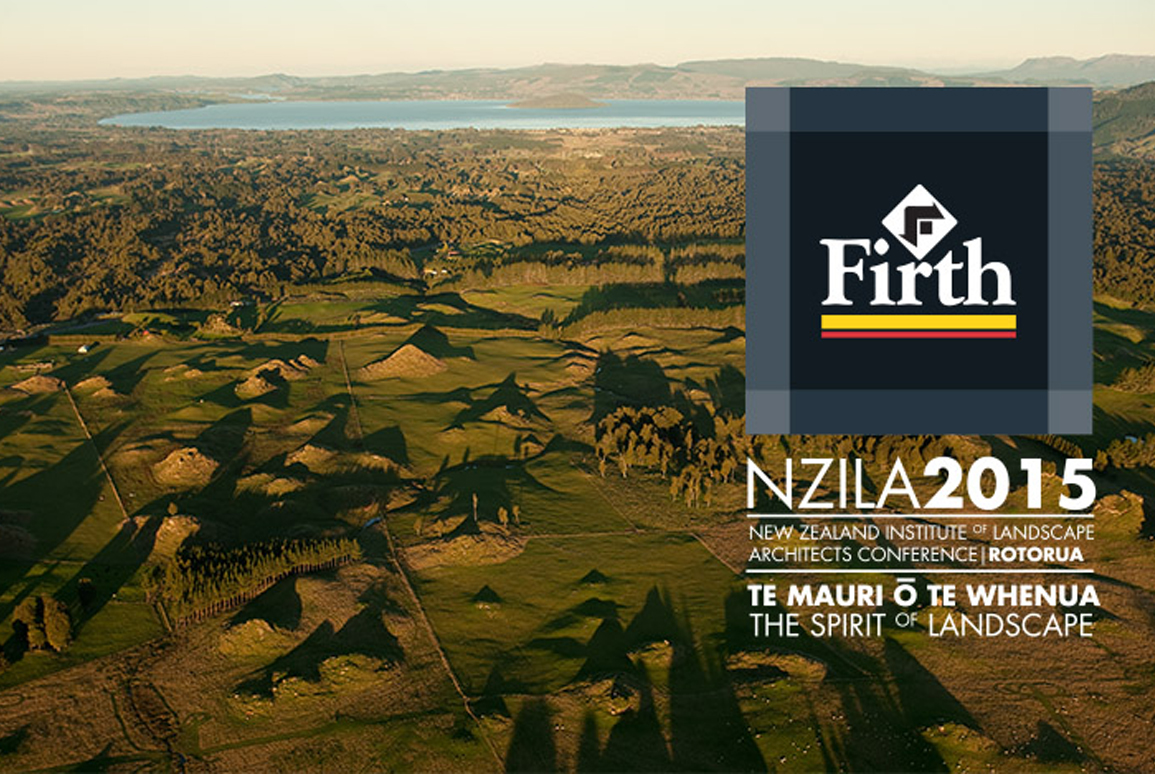Cultural Landscapes - an emerging field of opportunity to work with iwi
21 April 2015
At the 2015 New Zealand Institute of Landscape Architects’ conference, Boffa Miskell was proud to sponsor the first plenary session, themed ‘Cultural Landscapes’. This provided an opportunity to have a much-needed discussion on ways the profession can better recognise Māori culture in our landscapes and work with iwi and hapū to do this.

Craig Pauling, Kaiarataki; Te Hihiri – Strategic Advisor Māori, who leads our cultural advisory team, facilitated the session. Presenters included Phil Wihongi (Ngāti Raukawa Environment Group, and formerly of Boffa Miskell), Mike Thomas (Jasmax) and Rau Hoskins (design TRIBE), who highlighted their experiences in working to integrate Māori heritage and cultural perspectives within landscape, design and resource management work throughout the country.
‘Cultural Landscapes’ are an emerging field of work in Aotearoa, and while not exclusive of wider cultural values, it is a concept advocated largely by iwi and hapū to gain better recognition of their history, culture and identity within design and resource management matters. In particular, it is used to seek better protection and improved management of culturally significant sites such as papakāinga, marae, kāinga, pā and urupā. The incorporation of cultural landscapes into resource management policy, planning and landscape design in New Zealand is fledging, with only a handful of regional and district plans specifically recognising the concept. However iwi and practitioners across the country have developed their own approaches, policies and strategies to raise the issue, with a key aspect being the need to actively work in partnership to achieve the best results.
A key message resonating throughout the session was the need to move beyond simple stakeholder consultation with iwi and hapū and to move towards their active and resourced participation in co-design and planning. This approach was seen to be particularly important when working on publicly-resourced projects to give effect to the principles of the Treaty of Waitangi. It was noted that strong relationships with iwi and hapū can ensure authenticity of designs for projects and, if successful, break down barriers around including traditional names and narratives. Taking time at the start of a project to identify, learn about and seek engagement with iwi and hapū was seen as being particularly important for success. The symbol of sharing a humble cuppa tea, or kapu tī as it is known in Māori, was used to emphasise this point.
Those at the session felt that Māori cultural approaches should be part of professional practice, to better recognise and provide for Māori cultural landscape values and promote New Zealand’s unique identity. Incorporating professional cultural advice to assist with iwi engagement is one way to support this, and something that Boffa Miskell has invested in through its Te Hihiri team. We now have Māori cultural advisory staff based in each office to help develop processes that will help achieve better engagement and further development of cultural landscape policy and design.

